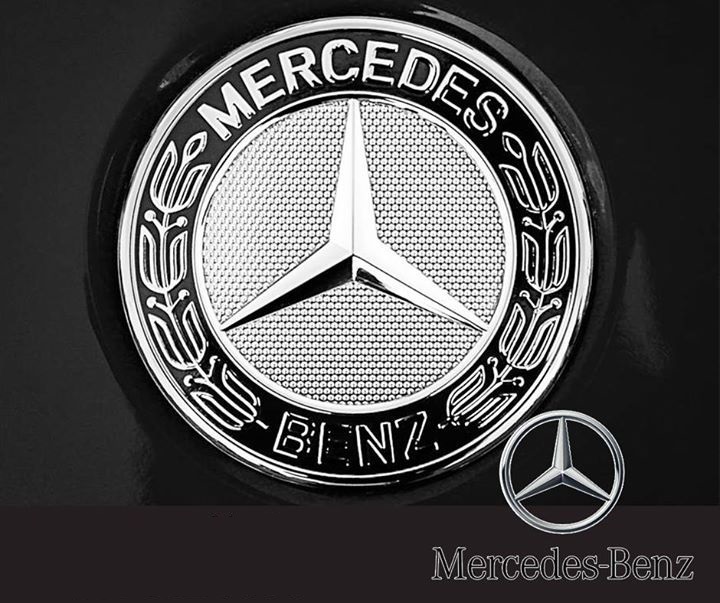
The Story Behind the Name “Mercedes-Benz”: A Journey Through Time
Introduction
Mercedes-Benz is a name synonymous with luxury, performance, and engineering excellence. As one of the most recognized automotive brands in the world, it carries a legacy that spans over a century. But how did this iconic name come to be? The story of Mercedes-Benz is a fascinating tale of innovation, competition, and the power of branding, interwoven with the lives of influential individuals and significant events in the automotive industry. This article explores the origins of the Mercedes-Benz name, tracing its roots back to the dawn of the automobile and the remarkable figures who played pivotal roles in its creation.
The Birth of the Automobile: Karl Benz and the Patent-Motorwagen
The history of Mercedes-Benz begins with Karl Benz, a German engineer who is widely credited with inventing the first practical automobile powered by an internal combustion engine. On January 29, 1886, Benz filed a patent for his “Motorwagen,” a three-wheeled vehicle that marked the birth of the modern automobile. This invention would lay the foundation for the automotive industry and eventually lead to the creation of the Mercedes-Benz brand.
Benz’s Motorwagen was revolutionary, featuring a lightweight design, a single-cylinder four-stroke engine, and innovative controls. Despite its groundbreaking nature, the Motorwagen faced initial skepticism and financial challenges. However, Benz’s wife, Bertha Benz, played a crucial role in demonstrating the vehicle’s potential. In 1888, she embarked on a historic journey, driving the Motorwagen over 100 kilometers from Mannheim to Pforzheim, showcasing the automobile’s reliability and practicality. This journey not only proved the viability of Benz’s invention but also generated significant public interest in the automobile.
The Emergence of Mercedes: A Star is Born
While Karl Benz was pioneering the development of the automobile, another key figure in the history of Mercedes-Benz was Gottlieb Daimler. Daimler, along with his partner Wilhelm Maybach, was working on high-speed gasoline engines. In 1886, around the same time as Benz’s patent, Daimler and Maybach developed a motorized carriage, which was one of the first four-wheeled vehicles powered by an internal combustion engine.
Daimler and Maybach’s work attracted the attention of Austrian entrepreneur Emil Jellinek, who was an early automobile enthusiast and a major player in the emerging car market. Jellinek was particularly interested in racing and recognized the potential of automobiles as a competitive sport. He began selling Daimler’s vehicles under his own brand name and actively participated in races using these cars. Jellinek, however, was not just a businessman; he had a deep personal connection to the cars he sold and raced.
This connection was embodied in the name “Mercedes,” which Jellinek chose in honor of his daughter, Mercédès Jellinek. Born in 1889, Mercédès was the apple of her father’s eye, and Jellinek believed that naming the cars after her would bring good fortune. The name “Mercedes” first appeared on a race car built by Daimler’s company for Jellinek in 1900. The car, known as the “Mercedes 35 PS,” was a revolutionary design with a powerful engine, low center of gravity, and lightweight construction, setting new standards in automotive engineering.
The Mercedes 35 PS achieved remarkable success on the racetrack, winning numerous competitions and establishing the Mercedes name as synonymous with performance and innovation. The success of this car prompted Daimler’s company to adopt “Mercedes” as a brand name for its vehicles, marking the beginning of a new era in automotive history.
The Merger: Daimler-Benz and the Birth of Mercedes-Benz
The separate paths of Karl Benz and Gottlieb Daimler converged in 1926 when their respective companies, Benz & Cie and Daimler-Motoren-Gesellschaft (DMG), merged to form Daimler-Benz AG. The merger was driven by the economic challenges of the post-World War I period and the need to combine resources to remain competitive in the automotive industry. The new company adopted the brand name “Mercedes-Benz” for its vehicles, combining the legacy of Benz’s pioneering work with the successful Mercedes brand established by Daimler and Jellinek.
The iconic three-pointed star logo of Mercedes-Benz, which symbolizes the company’s ambition to produce engines for land, sea, and air, was originally created by Daimler’s company in 1909. After the merger, the logo was combined with the laurel wreath of Benz & Cie, creating the emblem that continues to represent Mercedes-Benz today.
The Legacy of Mercedes-Benz
Since the merger, Mercedes-Benz has grown to become one of the most respected and admired automobile brands in the world. The company has consistently been at the forefront of automotive innovation, introducing numerous technological advancements, safety features, and luxury elements that have set industry standards. From the development of the first diesel passenger car to the introduction of advanced driver assistance systems, Mercedes-Benz has maintained its reputation for excellence and engineering prowess.
The name “Mercedes-Benz” is more than just a brand; it represents a legacy of innovation, quality, and luxury that has been built over more than a century. The combination of Karl Benz’s pioneering spirit, Gottlieb Daimler’s engineering genius, and Emil Jellinek’s marketing vision created a brand that transcends the automobile industry. Today, Mercedes-Benz continues to push the boundaries of automotive design and technology, staying true to its heritage while shaping the future of mobility.
Conclusion
The story behind the Mercedes-Benz name is a fascinating journey through the early days of the automobile, marked by the contributions of visionary individuals and groundbreaking innovations. From the invention of the first car by Karl Benz to the creation of the Mercedes brand by Emil Jellinek and the eventual merger that brought these legacies together, the name Mercedes-Benz has come to symbolize the pinnacle of automotive excellence. As the brand continues to evolve, it remains a testament to the enduring impact of its founders and the timeless appeal of the Mercedes-Benz name.
